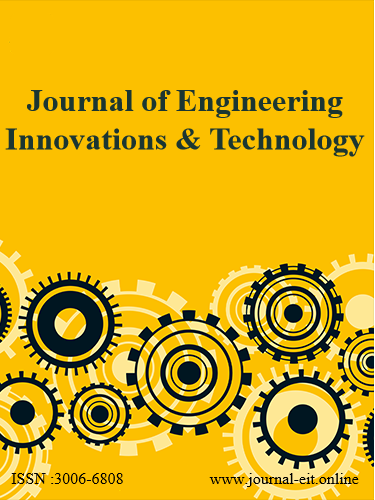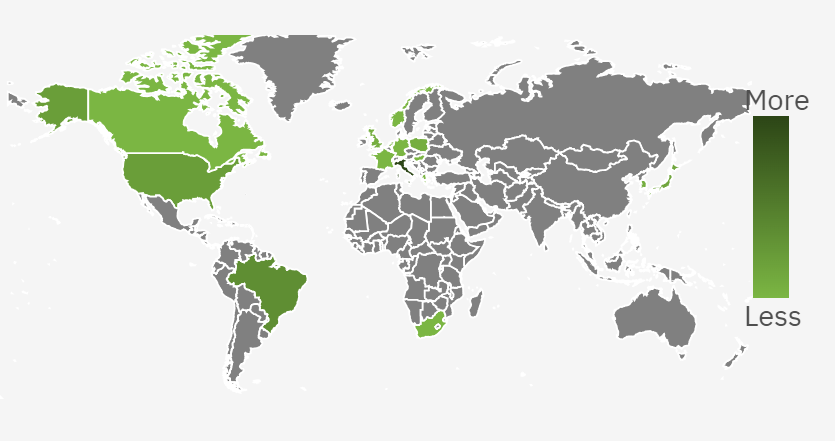 An open access journal
An open access journal
Innovative Solutions for Urban Transportation: Engineering Approaches to Sustainable Mobility
Abstract
This paper delves into innovative solutions for urban transportation, focusing on engineering approaches to promote sustainable mobility in densely populated areas. Drawing from research in transportation engineering, urban planning, and environmental science, the paper examines cutting-edge technologies and strategies transforming urban transportation systems. It discusses the evolution of public transit systems, intelligent transportation systems, active transportation infrastructure, and shared mobility services, highlighting their potential to alleviate traffic congestion, reduce carbon emissions, and enhance urban livability. Through a comprehensive review of empirical studies and case examples, the paper demonstrates the benefits of sustainable urban transportation interventions, including improved air quality, enhanced accessibility, and increased social equity. Additionally, the paper addresses challenges and considerations associated with the implementation of innovative transportation solutions, such as infrastructure financing, land use integration, and public acceptance. It emphasizes the importance of interdisciplinary collaboration, stakeholder engagement, and data-driven decision-making in shaping the future of urban mobility. Through case studies and examples of successful transportation projects, the paper illustrates the transformative impact of engineering-driven solutions in creating more efficient, equitable, and resilient urban transportation systems. The paper concludes by outlining future research directions and policy recommendations to advance sustainable mobility and promote inclusive urban development.
Share and Cite
Article Metrics
References
- .Cervero, R., & Kockelman, K. (1997). Travel Demand and the 3Ds: Density, Diversity, and Design. Transportation Research Part D: Transport and Environment, 2(3), 199-219.
- .Litman, T. (2019). Transportation Cost and Benefit Analysis: Techniques, Estimates and Implications. Victoria Transport Policy Institute.
- .Shaheen, S., Cohen, A., & Zohdy, I. (2019). Shared Mobility: Current Practices and Guiding Principles. National Center for Sustainable Transportation.
- .Schwanen, T., & Banister, D. (2012). A New Research Agenda for Transport Geography? Transport Geography at the Crossroads. Journal of Transport Geography, 24, 1-12.
- .Brakewood, C., & Macfarlane, G. (2015). Emerging Technologies in Transportation. Transportation Research Procedia, 7, 38-46.
- .International Transport Forum. (2019). ITF Transport Outlook 2019. OECD Publishing.
- .Handy, S. L., & Xing, Y. (2011). Measuring Accessibility: An Exploration of Issues and Alternatives. Environment and Planning A, 43(1), 40-61.

